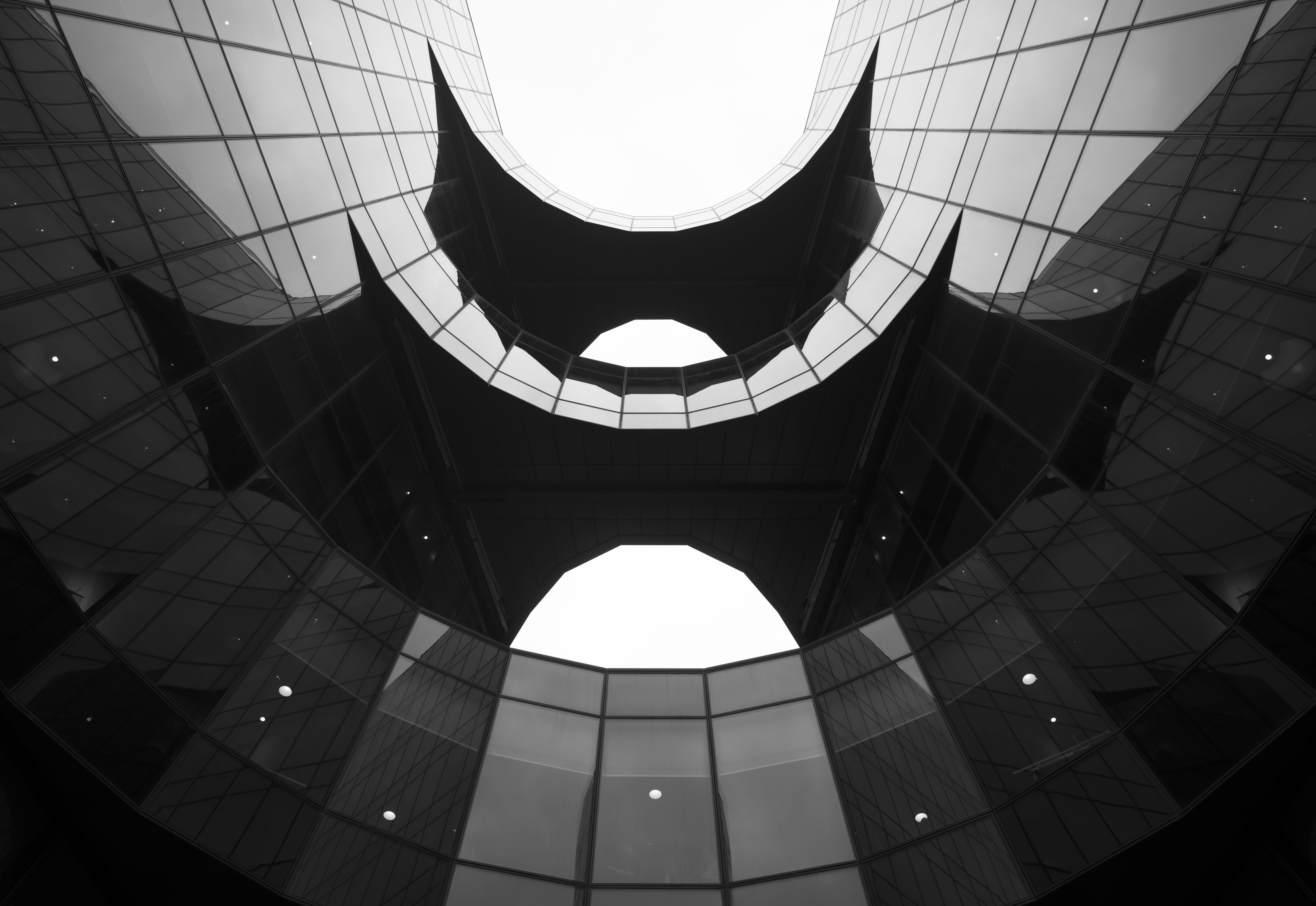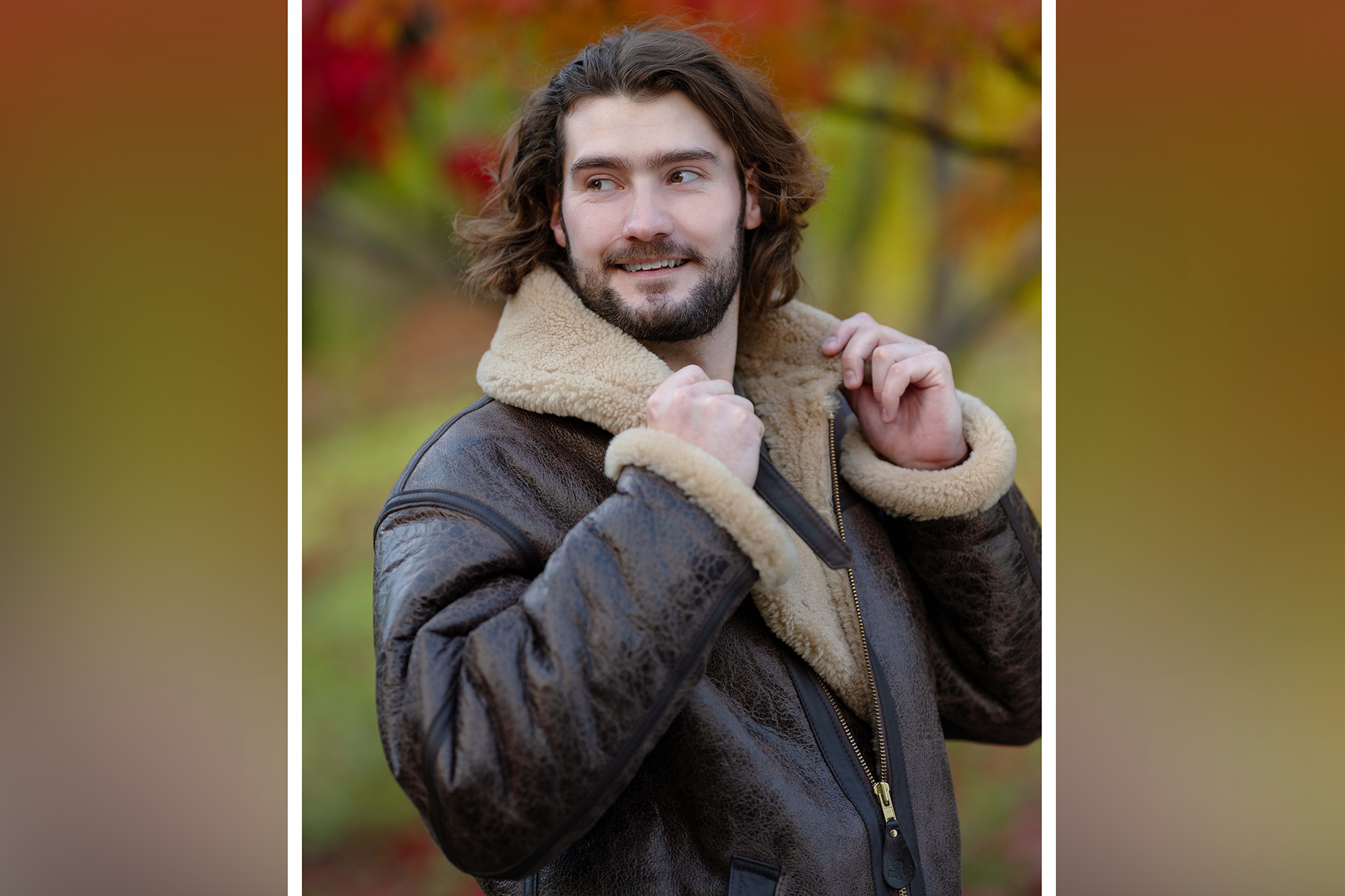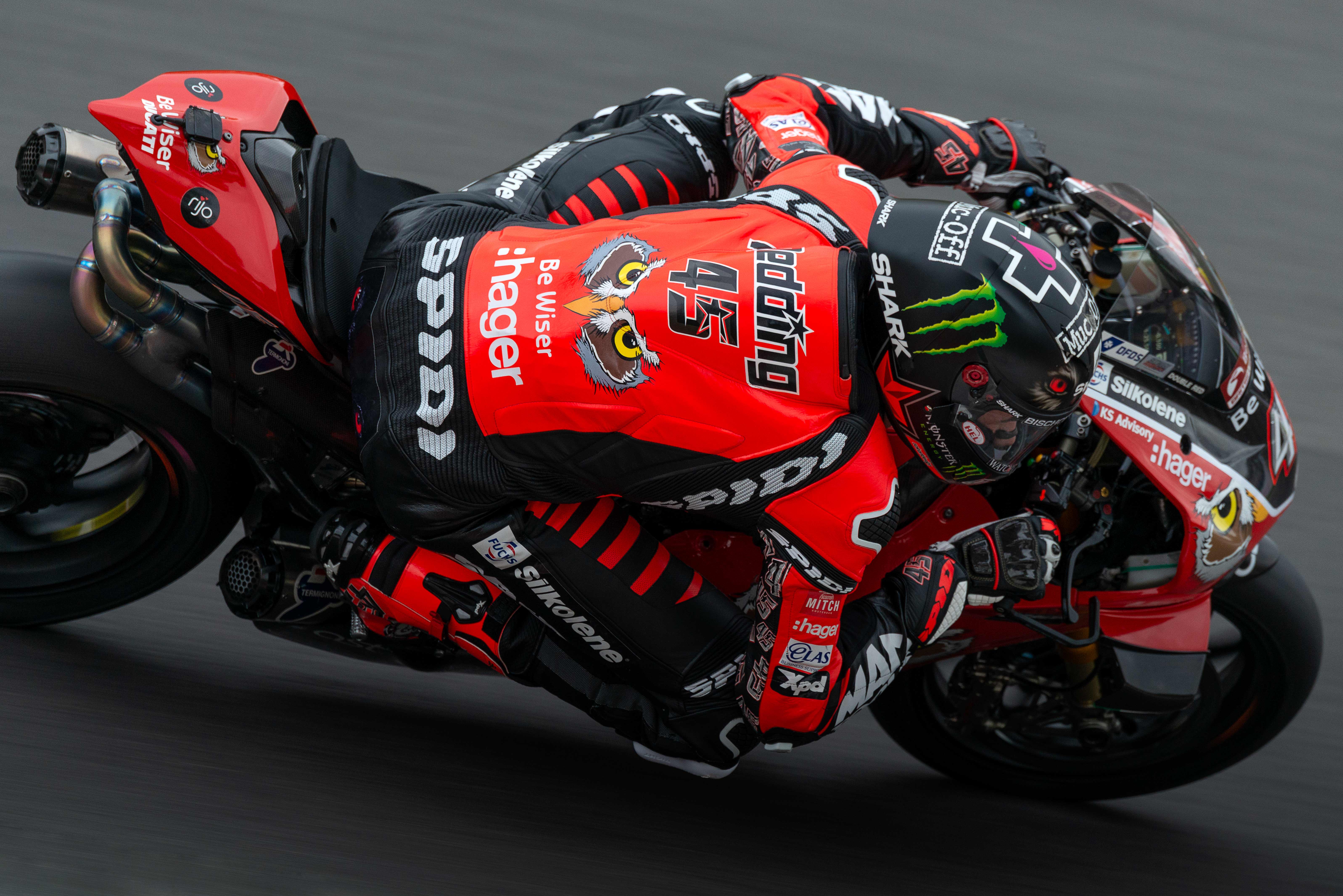These fill the frame photography examples will help elevate your frame-filling potential
My fill the frame photography examples will help you to understand why this seemingly simple compositional technique can be so effective

If you’re a beginner photographer there’s perhaps no simpler compositional rule to master than filling the frame. This often-touted photography ‘hack’ has become a bit of an instructional buzzword akin to Weegee’s “f/8 and be there”. And indeed, filing the frame can be traced back to a legendary photographer, too, none other than famed photojournalist and Magnum co-founder, Robert Capa. To quote him in full: “If your pictures aren’t good enough, then you aren’t close enough.”
Capa is arguably the most famous war photographer of all time, it’s not surprising that getting close to the action was of extreme importance. However, his wisdom can be applied to many different genres of photography and while filling the frame should be considered just one compositional technique in your arsenal, it’s a great technique for beginner photographers to learn, because it’s a simple concept that can be achieved with almost any lens (providing you’re photographing the right subject).
One way to fill the frame is by cropping your images. This is fine, so long as your subject is sharp and you’ve got enough resolution to play with. However, this technique works best in the way Capa intended it, by physically getting yourself closer to the subject, either by changing your lens or moving your feet.

Filling the frame is a useful technique for a variety of reasons, perhaps the most useful being that it amplifies the impact of your subject on the viewer. This is because it positions the subject closer to the viewer and in doing so eliminates distractions, which brings me to my second point, something I like to think of as shielding.

Filling the frame can be used to 'shield' the viewer from uninteresting or overly busy backgrounds or elements within a scene. If you’re photographing a portrait of a flower, but the background is a tangled mess of weeds or the back of a shed, filling the frame will eliminate the noise.

Filling the frame is also a good way to make a boring subject more interesting. For example, macro photography very often involves filling the frame by magnifying the subject beyond the capabilities of the human eye. Photograph your living room carpet with a 50mm lens from head height, and it’ll look extremely boring. Photograph it with a 1:1 macro lens, and the minuscule threads will form an abstract tessellation that's infinitely more interesting.
So, if you’re ever faced with a subject that you want to amplify, that isn’t quite interesting enough, or sits in front of an overly busy background, try filling the frame. If it’s good enough for the late, great Robert Capa, it’s good enough for me and you.
The best camera deals, reviews, product advice, and unmissable photography news, direct to your inbox!
You might also like...
Want more compositional techniques? Learn all about the rule of thirds and leading lines. If you're looking to upgrade your camera, take a look at the best mirrorless cameras.

Mike studied photography at college, honing his Adobe Photoshop skills and learning to work in the studio and darkroom. After a few years writing for various publications, he headed to the ‘Big Smoke’ to work on Wex Photo Video’s award-winning content team, before transitioning back to print as Technique Editor (later Deputy Editor) on N-Photo: The Nikon Magazine.
With bylines in Digital Camera, PhotoPlus: The Canon Magazine, Practical Photography, Digital Photographer, iMore, and TechRadar, he’s a fountain of photography and consumer tech knowledge, making him a top tutor for techniques on cameras, lenses, tripods, filters, and more. His expertise extends to everything from portraits and landscapes to abstracts and architecture to wildlife and, yes, fast things going around race tracks...
You must confirm your public display name before commenting
Please logout and then login again, you will then be prompted to enter your display name.
